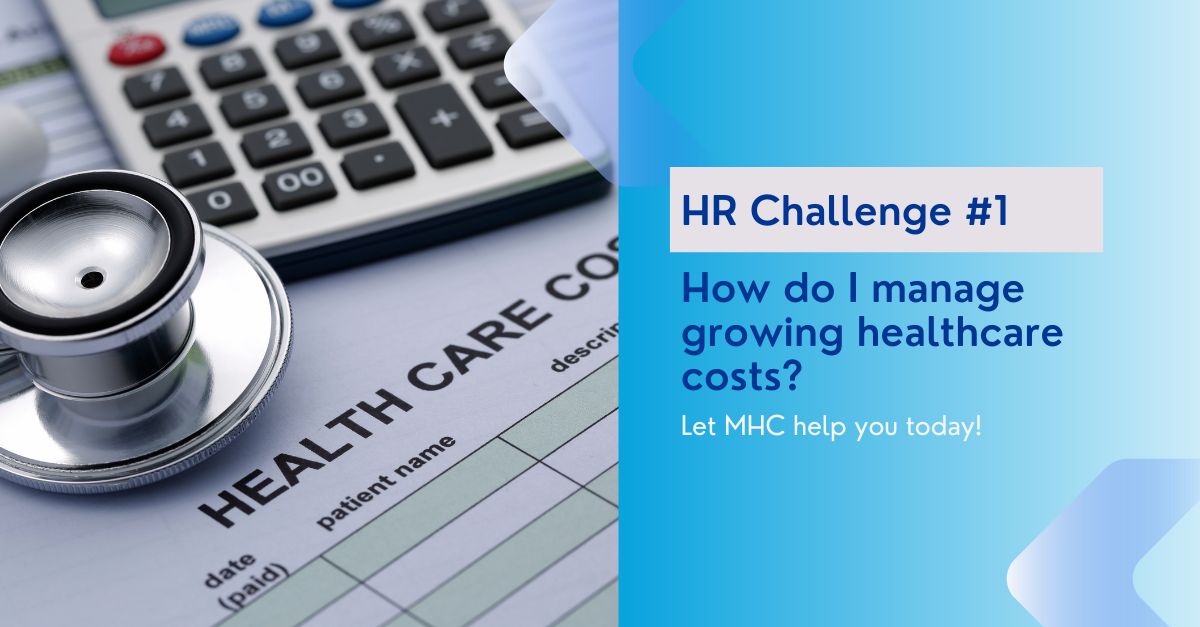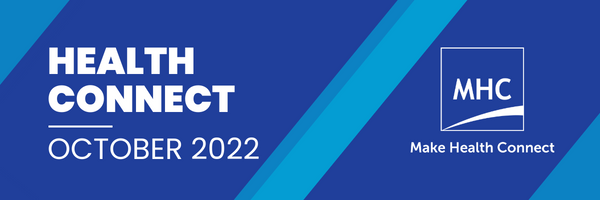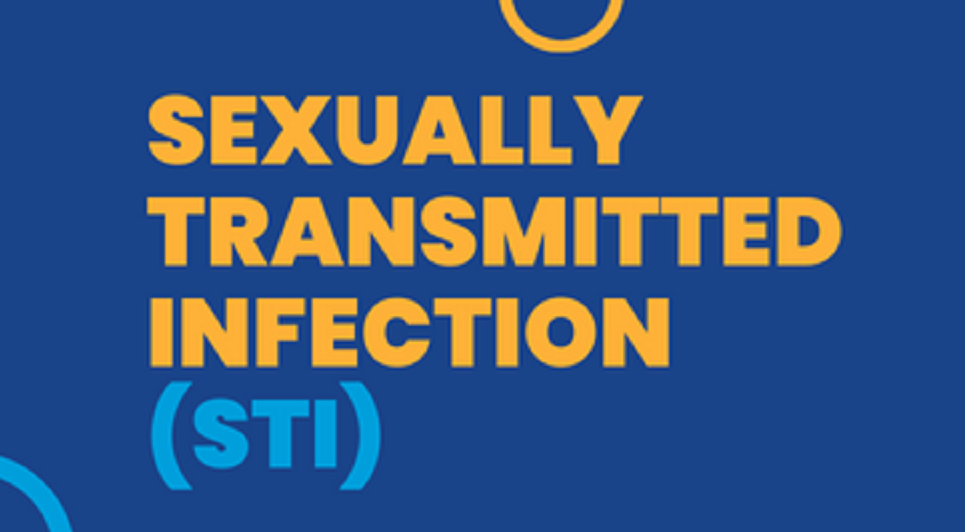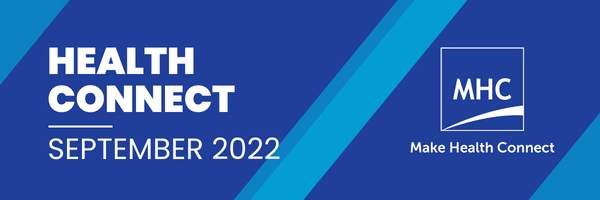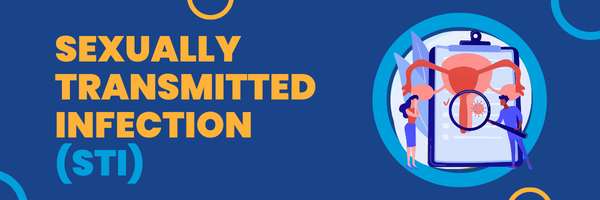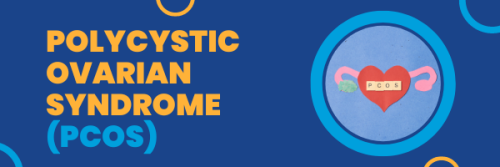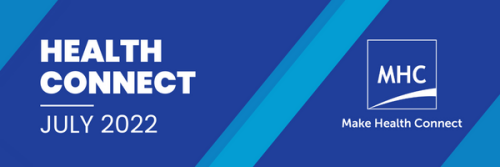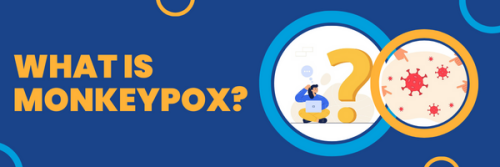
HR Challenge #3: How do I increase the productivity of my HR Team?
As leaders responsible for the employee experience, HR teams can play a significant role in increasing productivity by developing initiatives that focus on resources in a more efficient manner. An example for HR teams looking to support efficient operations is to create pre-populated forms and templates. Tools such as shared folders, leveraging on automation or using cloud solutions to submit documents for endorsements can help to save time for both HR personnel and staff.
Many of our clients have chosen our MHC web-based platform to manage their claims administration, which allows them to eliminate the hassle of dealing with physical claims administration, saving you and your team precious time. Employees can submit claims on the go via our mobile-application based platforms, while the HR team can access our web portal to gain an instant overview of the company’s overall benefits schemes and utilization. The members can experience cashless consultation upon clinic visits under the MHC Network, providing a seamless and fuss-free experience.
With claims administration hassle out of the way along with a highly customisable and robust claims system, you can focus on what you do best, thereby increasing both you and your employee’s productivity and giving you more time to focus on the important things.
Find out more about our MHC Programme and how we can help manage your corporate health benefits today.
To book an appointment with our MHC consultant, kindly email sales@MHCAsiaGroup.com.



